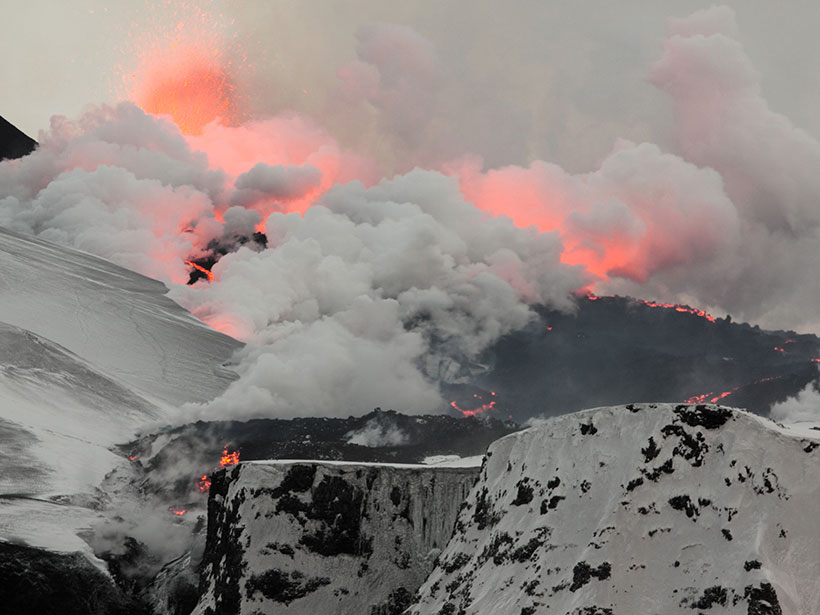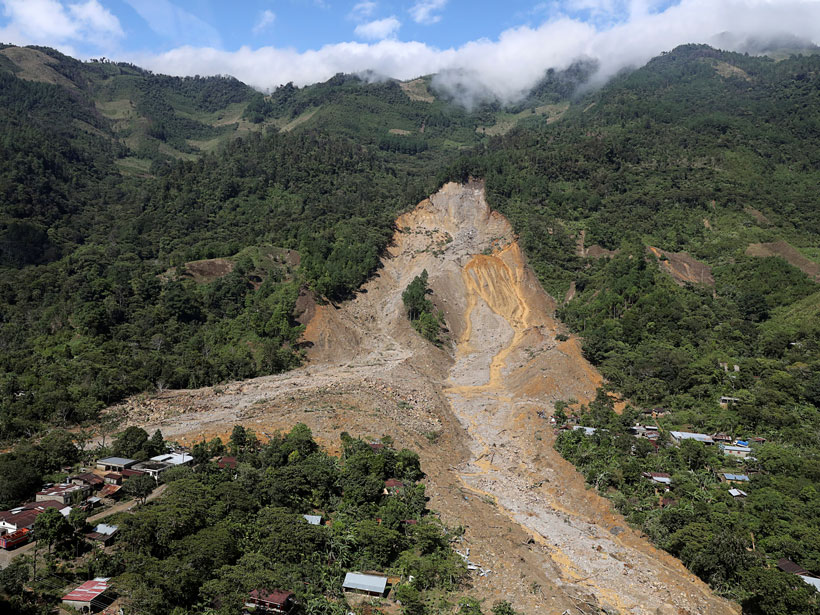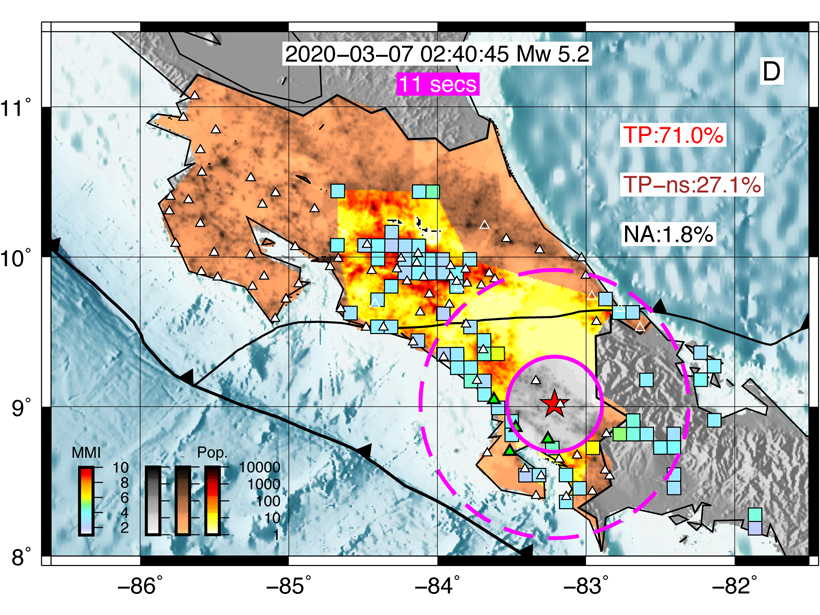From the equator to the Arctic, wildfires are likely to increase, and climate change can make them worse, according to a new United Nations report. Action is still possible, say the authors.
disaster preparedness
Estimating Heat Wave Frequency and Strength: A Chicago Case Study
Numerical modeling shows widespread impacts of the 2012 Chicago heat wave, shedding light on heat wave and urban heat island impacts on the city’s temperature.
New Tool Crafts Fast, Free Flood Maps for the Global South
A new online program can quickly map the outlines of past floods, allowing data-scarce countries to prepare for future disasters.
Supercell Thunderstorms Shake Up the Stratosphere
Supercell storm tops may act like mountains that obstruct winds, transforming their flow into violent turbulence that mixes near-surface air with the stratosphere above.
The Understudied Risks of Low-Magnitude Eruptions
Volcanologists have historically focused on the risks of large-scale eruptions, but new research highlights how small eruptions can combine with human-made vulnerabilities to cause catastrophic impacts.
Satellites Support Disaster Response to Storm-Driven Landslides
Extreme precipitation can trigger deadly landslides. Satellite-based tools provide regional perspectives on landslide hazards, help assess risks in near-real time, and guide emergency responses.
A Road Map for Climate Retreat
Scientists say managed retreat from climate-related dangers has to start now, and they are exploring potential guidelines for response and adaptation.
Good, Soon, and Cheap – Earthquake Early Warning by Smartphone
Fixed smartphone networks can provide robust early warning of earthquakes at far lower costs than traditional scientific arrays, which is an important consideration for regions with limited resources.
Better Subseasonal-to-Seasonal Forecasts for Water Management
Emerging methods that improve precipitation forecasting over weeks to months could support more informed resource management and increase lead times for responding to droughts and floods.
Indian Cities Prepare for Floods with Predictive Technology
The number and intensity of floods are increasing—they can inundate neighborhoods in Chennai in just 15 minutes. New models can pinpoint and help warn vulnerable areas hours or even days in advance.










